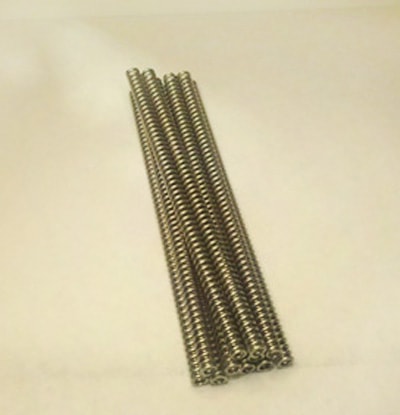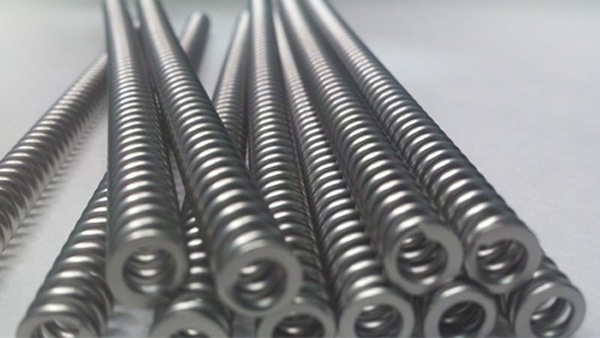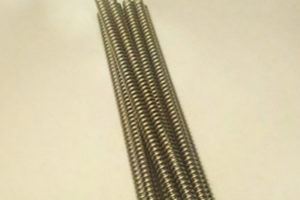Imagineering was called upon to solve a problem between two industries. A highly specialized spring manufacturer needed to supply their customer in the nuclear energy industry with a spring that was free of impurities. In collaborating with both of these clients, we developed a precision cleaning and passivation process for the stainless steel alloy springs. Since contamination was a prime issue, we developed a “white room” dedicated to the cleaning, passivation, and inspection of the springs.
The chemical de-scaling cleaning process removed all manufacturing residue that comes from forming, grinding, and heat treating the springs. The chemical passivation process formed a chromium-oxide layer on the surface of the stainless steel. The cleaning and passivation processes protect the springs from premature failure and corrosion. After thorough inspections, which included copper sulfate testing and visual inspection using magnification, the springs were then assembled into the nuclear fuel rod assemblies.
To learn more about this unique precision cleaning and passivation project, please see the table below or contact us for additional information.




